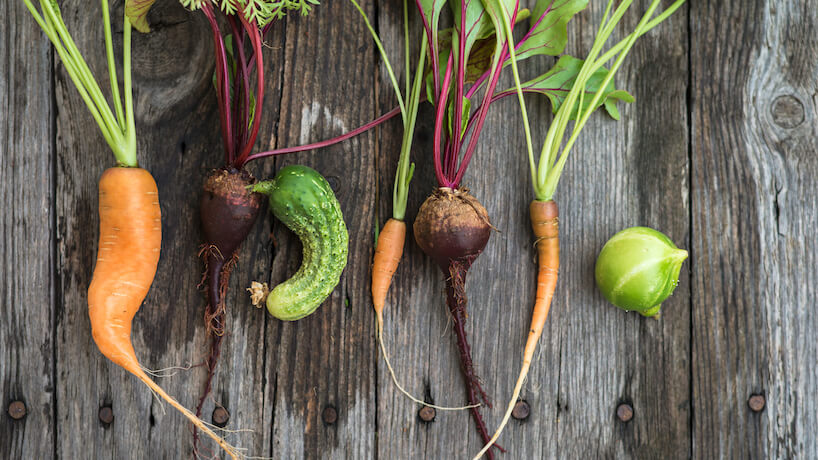You’ve likely heard the server drop some of the following foodie-friendly terms on one of your recent restaurant visits: farm-to-table, farm-to-fork, or locally sourced. They may also cite the close relationships that the restaurant’s owner has with the farmer 15 miles away or the chef’s aim to use seasonal ingredients from the garden on the roof. This food movement makes for delicious intimate dining at restaurants, but is it realistic to think that caterers and convention- center chefs can deliver a similar experience for groups of thousands of attendees? Sharmagne Taylor, CMP, president, On-Site Partners Inc., believes that the answer is yes.
In a recent PCMA webinar, “Farm 2 Table for Group Meals: Event Reality or Foodie Fantasy?” Taylor highlighted that today’s foodie climate gives event organizers plenty of opportunities to be more creative with their menus while adhering to tight budget restrictions. “I’m very encouraged that farm-to-table can really be an option for larger events,” Taylor said.
However, embracing the farm-to-table movement requires rethinking the usual approach to what’s on the menu. Taylor highlighted two key steps in the recipe for success.
1) Ugly Produce Can Be a Beautiful Ingredient.
Fruits and vegetables are good for the body, but they don’t always look so good to the eyes. Event organizers want to show off a spread of perfect-looking peaches, apples, tomatoes, and more, but what about produce that tastes — but doesn’t look — great?
“One of the ways that we can be flexible and increase the opportunity to offer more options at a lower price is [to evaluate] how we deal with ugly produce,” Taylor said. “There is a massive supply of ugly produce that can be used to create affordable menu options.”
Event organizers will naturally have concerns about displaying bruised tomatoes or disfigured peppers. However, Taylor recommended some solutions for using that produce without compromising a high-quality plate appearance. For example, at breakfast, use pre-cut ugly produce in omelets. At lunchtime, the trick is similar: In salads, chefs can include pre-cut ugly produce for a nutritious dish without concerns about aesthetics.
2) Explore New Protein Picks.
Beef or chicken: It’s a fairly standard question that organizers consider when planning a menu. However, there are many equally delicious and more affordable options available.
“In the restaurant model, the chef agrees to buy the whole animal,” Taylor said. “He or she finds a way to use every piece of the animal. We should borrow from the restaurant model to use more of the lamb and more of the cow. It gives us the ability to use non-traditional cuts of meat in creative menus.”
If event organizers are worried about making an alternative cut of meat the main dish, Taylor recommended making them feel more familiar by asking the chef to create pasta toppings, soups, and casseroles with those less-used cuts.
While Taylor acknowledged that some attendees may not have sophisticated palates or be open to non-traditional cuts of meat like oxtail or beef tongue, she told viewers that the exploration occurring in the restaurant scene is carrying over to group meals. “Because many of us are foodies in our [dining out] experience,” Taylor said, “we are more open to trying new things.”
Interested in incorporating a farm-to-table meal at your next face-to-face event? Click here to watch the entire webinar for more tips.

